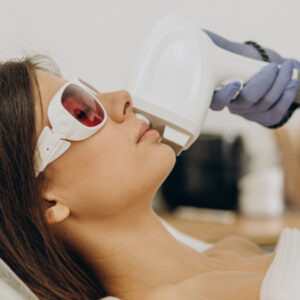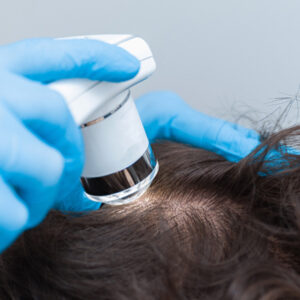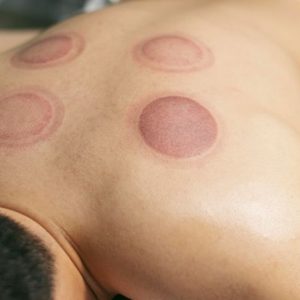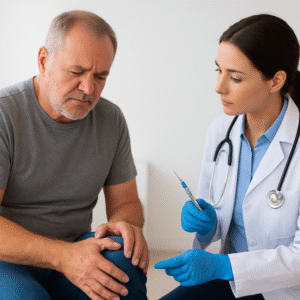Common Causes Of Skin Rashes And How They’re Treated?

Image Source: www.peacemd.com
Skin rashes can be frustrating, uncomfortable, and sometimes alarming, especially when their cause isn’t immediately apparent. They may appear as red patches, bumps, blisters, or dry, flaky skin, and the symptoms can range from mild itching to severe irritation. Because rashes can stem from a variety of triggers, understanding their underlying cause is key to finding the most effective treatment. For patients seeking expert care, Dr. Debra Jaliman treats rashes in NYC with personalized solutions tailored to each individual’s skin condition and needs.
Allergic Reactions
One of the most frequent causes of skin rashes is an allergic reaction. When the skin comes into contact with an allergen, the immune system reacts by releasing histamines, leading to redness, swelling, and itching.
Common Triggers Include:
- Specific skincare or cosmetic products.
- Metals such as nickel are found in jewelry.
- Particular vegetation, such as poison oak or poison ivy.
- Ingredients in laundry detergents or cleaning agents.
Treatment:
The primary step is to identify and avoid the allergen. Oral antihistamines and topical corticosteroid creams can help soothe inflammation and lessen itching. For severe reactions, a dermatologist may prescribe more potent medications to control symptoms.
Irritant Contact Dermatitis
In contrast to allergies, which affect the immune system, irritating contact dermatitis occurs when a substance physically harms the epidermis. Harsh soaps, solvents, bleach, and certain fabrics can cause this type of rash.
Treatment:
Avoiding the irritant is crucial. Moisturizers can restore the skin barrier, while soothing ointments or mild steroid creams can help reduce inflammation and promote healing.
Infections
Another common cause of rashes is skin infections brought on by bacteria, viruses, or fungi.
- Bacterial infections like impetigo often produce crusty sores and need antibiotic treatment.
- Viral infections such as chickenpox, measles, or shingles cause distinctive rash patterns and may require antiviral medication or supportive care.
- Fungal infections like ringworm or athlete’s foot thrive in warm, moist environments and are typically treated with antifungal creams or oral medications.
Treatment:
A proper diagnosis is essential, as bacterial, viral, and fungal rashes require very different approaches. Self-treating without knowing the cause may worsen symptoms.
Chronic Skin Conditions
Certain long-term skin conditions can cause recurring rashes.
- Eczema (Atopic Dermatitis): Leads to dry, itchy patches and flare-ups triggered by allergens, stress, or weather changes.
- Psoriasis: Causes thick, scaly patches due to an overactive immune response.
- Rosacea: Produces redness and rash-like bumps, often on the face.
Treatment:
These conditions are typically managed with prescription topical creams, oral medications, or light-based therapies. Consistent skincare routines and trigger avoidance can help keep symptoms under control.
Heat And Sweat
When sweat ducts clog, sweat is trapped beneath the skin, causing heat rash, also called miliaria. This results in little red pimples or blisters, frequently accompanied by a prickly or itchy feeling.
Treatment:
It’s crucial to keep the afflicted region dry and cold. Wearing lightweight, breathable clothing and staying in a cooler environment helps prevent further irritation. Mild rashes usually clear up on their own within a few days.
Medication Reactions
Some prescription and over-the-counter medications can cause rashes as a side effect. These may appear days or even weeks after starting a new medication. Rarely, drug-induced rashes may be a symptom of a severe allergic reaction that has to be treated right away.
Treatment:
If a medication-related rash is suspected, it’s important to contact your healthcare provider before stopping the drug. They may recommend an alternative or prescribe medication to control the reaction.
When To See A Dermatologist?
While many rashes improve with simple home remedies, you should seek professional evaluation if:
- The rash spreads quickly or worsens.
- You experience severe pain, swelling, or blistering.
- There are signs of infection, such as pus or increased warmth.
- The rash appears alongside fever, shortness of breath, or other systemic symptoms.
Final Thoughts
Skin rashes are a symptom, not a diagnosis, which means the same rash-like appearance can be caused by many different issues. Understanding whether your rash is due to an allergy, irritation, infection, chronic condition, heat, or medication is the first step toward effective treatment. By identifying the cause and following a targeted treatment plan—often with the help of a dermatologist—you can not only clear the rash but also prevent it from coming back.









